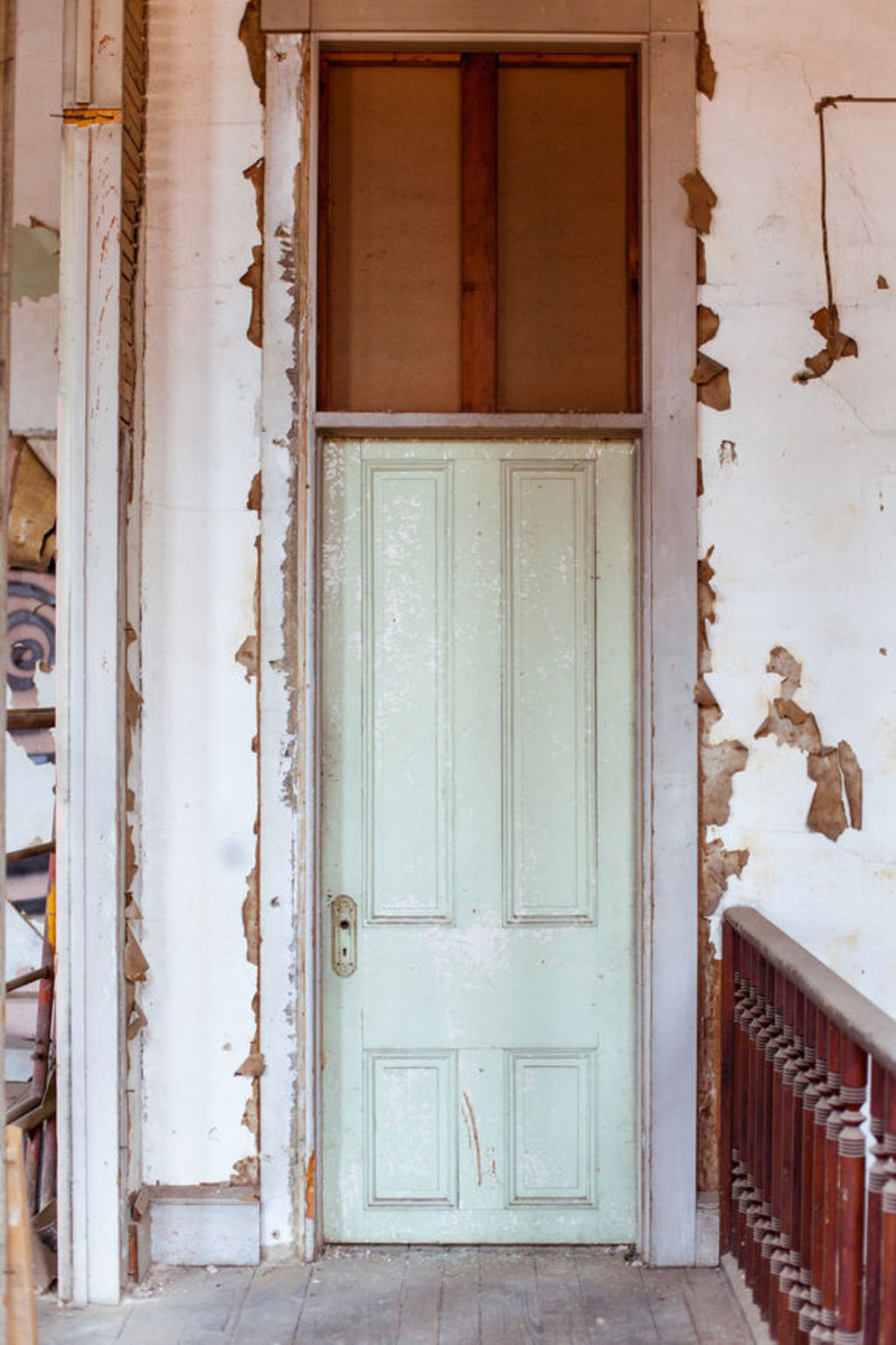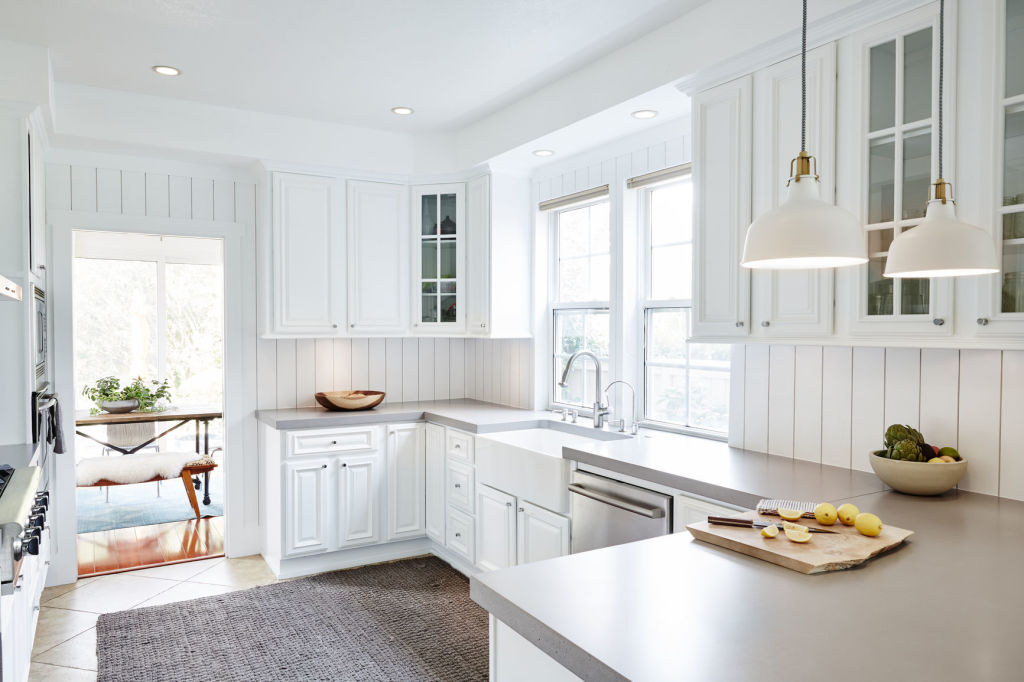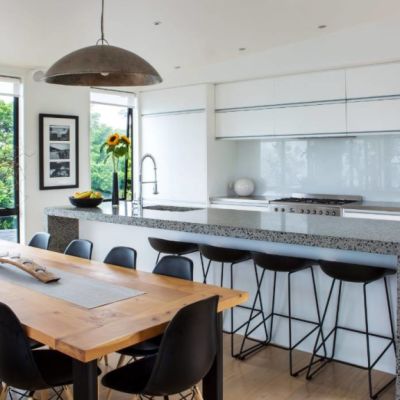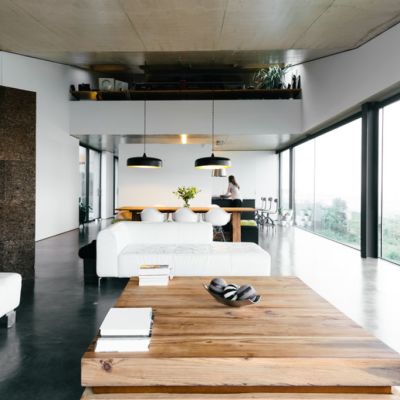Nine mistakes I made as an owner-builder

No one wants to have to learn from their own mistakes – particularly when there’s money involved – and the stakes are inevitably high when you take on the role of an owner-builder.
The challenges of the role are up there with other well-known stresses in life, such as divorce or new babies, which is why you need to be well-prepared, keep your ego in check (I had 15 years of interior decoration experience under my belt) and never underestimate the level of your responsibility.

For my first venture into owner-building, I supervised the conversion of a large garage into a living area, the construction of a new laundry (to include a WC), and the opening out of the main living area to create an open plan kitchen and living.
As a rookie, I made plenty of mistakes. Here are nine of them:
Not vetting contractors properly
You have a responsibility to make sure that your tradespeople are licensed and registered to meet the requirements of your permit and home insurance. Any contractor in Victoria doing more than $10,000 of work (this varies from state to state) will need to provide home warranty insurance. In my haste to get started, I almost took on a friend of a friend because I liked him, only to find out that his licence had expired. Check out Service NSW or the Victorian Building Authority for more information on this.
Accepting the first quote
Reach out to several contractors to quote for your works. You will be surprised how much quotes can vary, particularly for renovations. Ideally, some of your quotes will be from recommendations of friends or a local Facebook group, but only accept the cheapest quote if they come highly recommended and you have seen the quality of their work.
Not checking the fine print
Make sure contracts and agreements are watertight and that quotes align with the specification of works down to every last detail. Remember that any job or item not specified will be an extra charge at the end of the project.

Accepting verbal “additional works”
Make sure these are quoted for, confirmed in writing, and signed off on. This is where builders and home owners often fall out on the job, and yet this simple process can help avoid any misunderstandings when it comes to the final payment.
Leaving site for long periods
Obviously, it’s not possible to be on site all day, but make sure that you organise daily meetings with your trades for progress updates and to check on the workmanship.
This is where building experience and the ability to read plans and interpret the exact requirements of your DA comes in. Mistakes are costly, particularly if they mean the certifier is unable to sign off on a stage of the works. Never assume that in your absence your trades will make the same decision that you would.
It is also not your contractors’ responsibility to receive your deliveries on site and place them in a safe place. This is a valuable waste of their time, and building materials may be stolen or damaged by bad weather if they are left out.
Not being confident with contractors and suppliers
It is important to command respect and demonstrate confidence on site. Know your stuff, be prepared, and don’t have the shopping moment I had during my first week when I was purchasing windows. My lack of confidence caused a costly delay.
Compromising health and safety
No matter how small your project, if you are living on the property while you renovate, make sure children and animals are taken off site on days that pose safety risks. One day, when my son was at home from school, our bricklayer turned on the mains gas tap (instead of the water tap) by mistake. Thankfully there were no ramifications, but the memory of that day still haunts me.

Not following my instincts
Don’t accept the opinions of the architect or contractors as gospel. Talk through any concerns or questions. In our initial plans, the architect didn’t specify raising the floor of the garage we were converting into a living space. That decision worried me throughout the first few weeks of the conversion because I was aware of the risk of flooding in heavy rain, having lived in the property. The construction of a new layer of concrete was costly – and not initially budgeted for – but it was the right decision.
Leaving out “delay penalties” in my contracts
Hopefully, any delays on your job won’t be the result of your contractor’s sudden disappearance to another job. A “delay penalty” in your contract may give you the insurance you need against this – but check with a lawyer that it is enforceable. A contingency fund – usually 10 to 15 per cent – also provides additional breathing room. A substantial part of ours went towards raising the level of that floor.
So, is owner-building riskier than using a builder?
The risks are about the same, but it’s important to remember the incentive for doing it – which is the chance to save money. No one can control inclement weather, the reliability of tradies, and delays in deliveries, so you will need to be able to think on your feet and cope with stress.
But as Elizabeth Grueninger, an experienced owner-builder and advocate of this method of building, points out, “Mistakes happen regardless if you go through a builder or if you are an owner-builder. The difference is how you manage the mistakes, and that’s where I think as an owner-builder you have more control. You aren’t held to ransom by the builder blowing out costs and timelines.”
We recommend
We thought you might like
States
Capital Cities
Capital Cities - Rentals
Popular Areas
Allhomes
More










